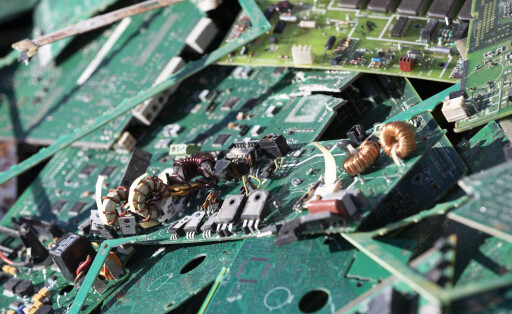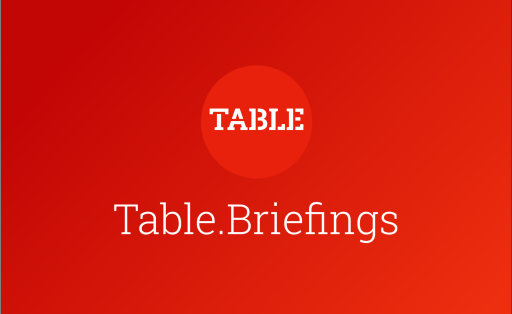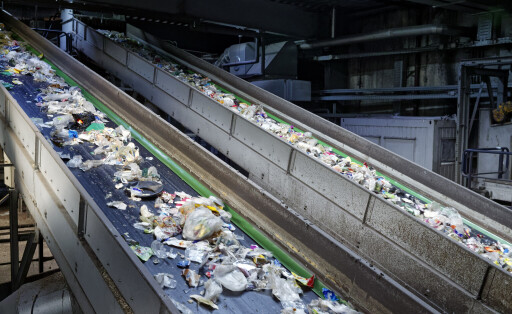The circular economy is a sustainable economic model that conserves resources and minimizes waste. In contrast to the linear economy, which is based on "take, make, dispose", it promotes the reuse, repair and recycling of products. This reduces environmental impact and increases resource efficiency, bringing long-term economic and environmental benefits. Read the latest news on the circular economy from the Table.Briefings editorial team here. What is the circular economy? The circular economy is an economic model that aims to conserve resources, minimize waste and reduce environmental impact. It is based on the principles of reusing, repairing, refurbishing and recycling materials and products. The circular economy stands in contrast to the traditional linear economic model, which typically operates on a take-make-dispose basis. What does the circular economy involve? The circular economy is a sustainable economic model that aims to conserve resources, minimize waste and reduce environmental impact. In contrast to the linear economy, which follows a "take-make-dispose" pattern, the circular economy strives for closed loops in which materials are continuously reused, repaired, refurbished and recycled. Important elements of the circular economy include: These approaches reduce dependence on natural resources, lower environmental impact and create economic benefits through new business models and jobs. The circular economy thus promotes a sustainable and resource-efficient future. Why was the circular economy developed? The circular economy was developed to address the increasing challenges of resource scarcity, pollution and climate change. The traditional linear economic model leads to significant resource consumption and waste generation, which pollutes the environment and depletes natural resources. The circular economy aims to increase resource efficiency, minimize waste and protect the environment by reusing, repairing and recycling materials. It also promotes sustainable economic processes and creates new business opportunities and jobs, which is both ecologically and economically beneficial. What challenges does the circular economy face? The circular economy faces numerous challenges that make its comprehensive implementation difficult. Technological hurdles relate to the efficiency and cost-effectiveness of recycling complex products such as electronics or composite materials. There is often a lack of suitable technologies for separating and reusing these materials, which leads to increased costs. Economic barriers are also significant. The transition from a linear to a circular economy requires high initial investments, which can deter many companies, especially small and medium-sized enterprises (SMEs). In addition, there is often a lack of financial incentives and policy support to make sustainable practices economically attractive. Regulatory uncertainties and inconsistent standards between different countries and regions make it difficult to implement the circular economy. A uniform legal framework and clear guidelines are needed to help companies adapt and promote international cooperation. What criticism is leveled at the circular economy? Despite its many benefits, the circular economy is also criticized. Some of the main criticisms include: These criticisms show that despite its promising approaches, the circular economy still faces significant challenges that need to be addressed and overcome in order to fully achieve its goals.

Circular economy: Environmental Omnibus does not correct Europe’s most ineffective waste target
The goal of sending only ten percent of municipal waste to landfill sites will have negative consequences for creating a circular economy. Instead of adhering to it in the Environmental Omnibus, stricter rules are needed for waste treatment.
By Janek Vähk





